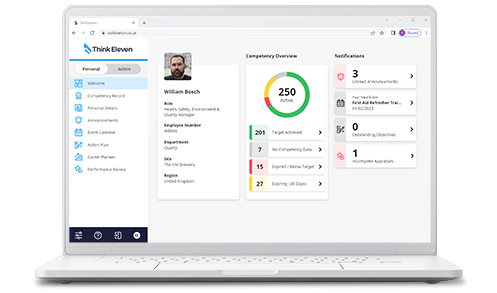Cognitive Behavioural Therapy eLearning Course
Overview
Picture this, it’s Monday morning and your boss has just emailed you saying: ‘Can we have a chat?’. The four worst words in history, right? I mean the last time this happened it didn’t end well. So, this is clearly bad news… Or is it? This is called distorted thinking, which is one example of what CBT is used to treat.
CBT stands for Cognitive Behavioural Therapy, which is less complicated than it sounds. It simply combines cognitive therapy, which is the way we think (the brain), with behavioural therapy (our actions), to readjust the way that we process information.
It seeks to help you change the way you approach your thoughts, so you can clear your mind of negative intrusion and find a different solution.
What does this course cover?
- Who will benefit from CBT
- What is CBT
- How it works
- The benefits
- How to get help
Who should take this course?
CBT is a short-term therapy that is used to improve those with depression and anxiety disorders, but it can also be used to treat bipolar, OCD, eating disorders, panic, phobias, PTSD, schizophrenia, psychosis, addiction and sleep problems. If you have severe or complex problems, you may find a short-term therapy like CBT is less helpful.
This course has a minimum of 25 learner registrations for us to provide a quotation.
Request a Quotation- Language
- UK
- Date last updated
- 6/3/2020
- Duration
- 10 Minutes
- Suitable Devices
-
- PC
- Phone
- Tablet
- Audio is Required
-
- Yes
- Includes Video
-
- Yes
- Downloadable Resources
-
- Workbook
- Completion Criteria
-
- Visit all pages
- Pass Mark
-
- None
- Course Technology
-
- HTML5
- SCORM 1.2
- Can be customised
-
- No
- Accreditation or Endorsements
-
- CPD
- Languages
-
- Closed Captions
- English
